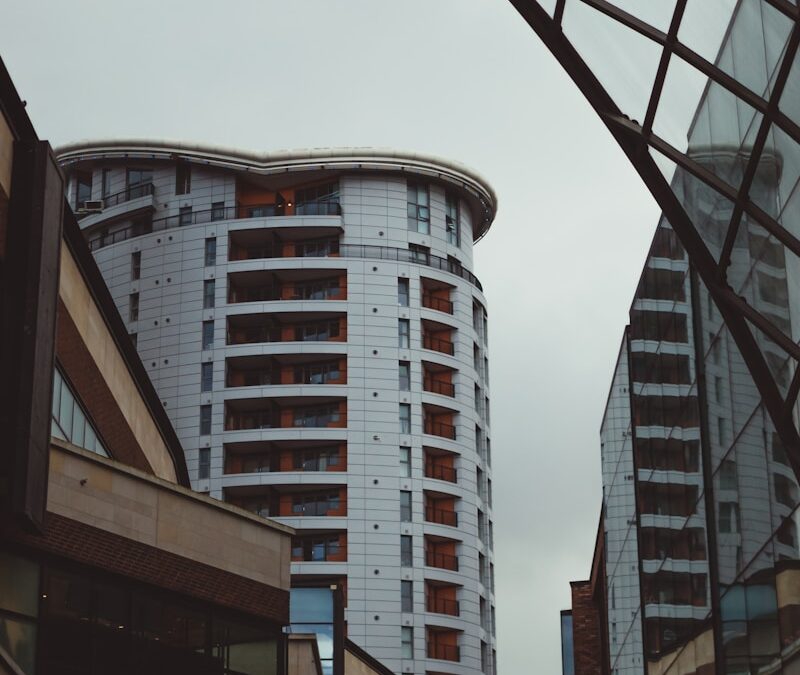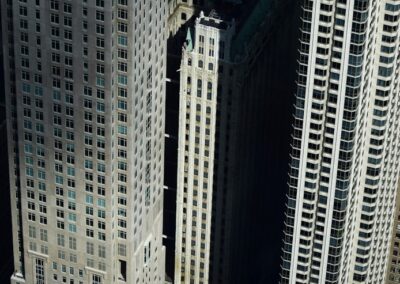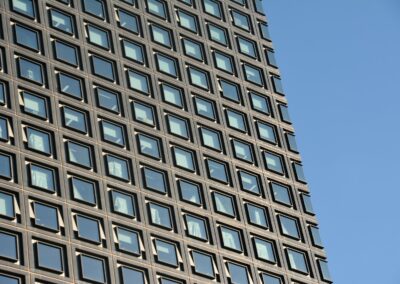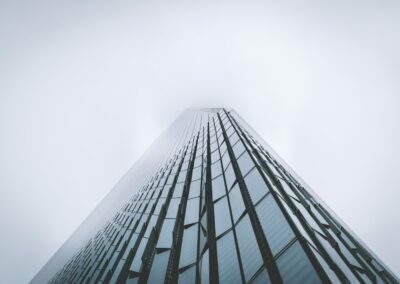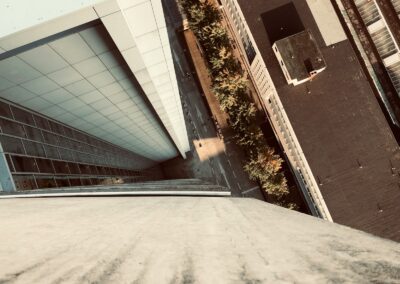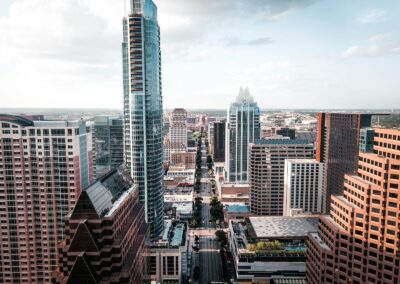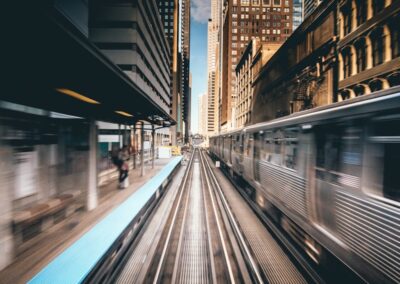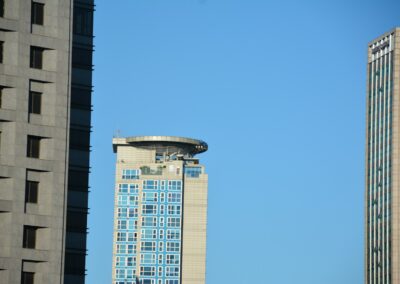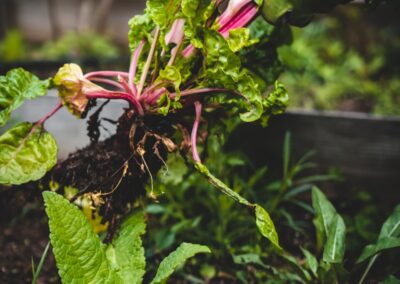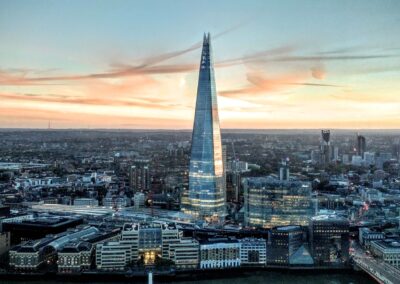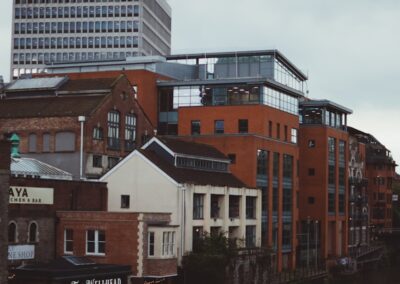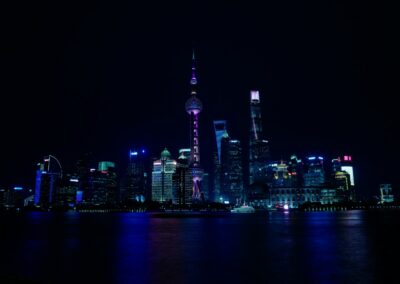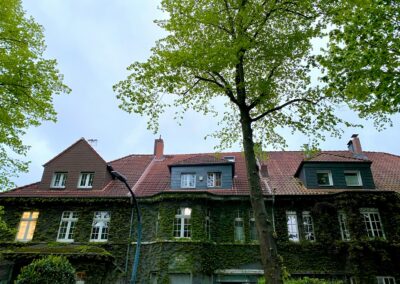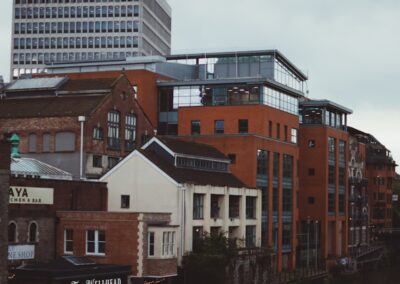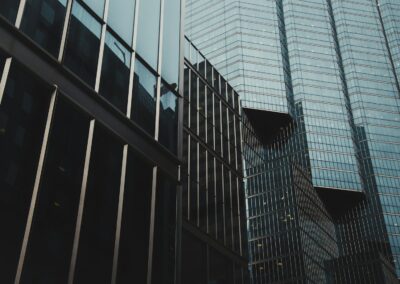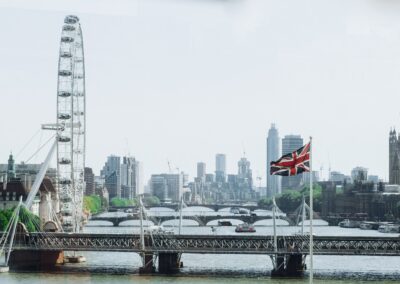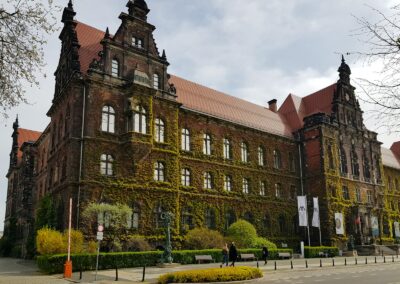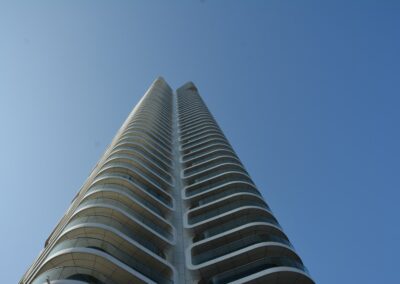The Role of Public Art in Urban Design
The Impact of Public Art on Urban Spaces
The integration of public art in skyscraper cities has become a significant factor in urban design, particularly in dynamic regions like Saudi Arabia and the UAE. Public art and cultural installations play a crucial role in enhancing the aesthetic appeal and cultural richness of urban environments. As cities like Riyadh and Dubai continue to develop their skylines with impressive skyscrapers, the inclusion of public art is essential in creating visually engaging and culturally meaningful urban spaces.
In Riyadh, public art initiatives are part of a broader vision to transform the city into a cultural hub. These installations not only beautify the urban landscape but also reflect the city’s heritage and contemporary cultural dynamics. The use of art in public spaces fosters a sense of community and identity, encouraging residents and visitors to engage with their surroundings in a more profound way.
Similarly, Dubai’s rapid urbanization has embraced public art to enhance its global city image. Iconic installations and sculptures are strategically placed throughout the city, creating landmarks that attract tourism and promote cultural exchange. By investing in public art, both Riyadh and Dubai demonstrate a commitment to enriching the urban experience, making their cities more livable and inspiring.
Cultural Installations: Bridging Tradition and Modernity
Cultural installations in skyscraper cities serve as a bridge between tradition and modernity, showcasing a blend of historical influences and contemporary artistic expressions. In Saudi Arabia, projects like the King Abdulaziz Center for World Culture (Ithra) in Dhahran illustrate this integration, offering a space where traditional Saudi art coexists with modern installations. Such projects highlight the importance of preserving cultural heritage while embracing innovation.
In Dubai, cultural installations are used to celebrate the city’s diverse population and international character. Artworks that reflect various cultural backgrounds are prominently displayed, fostering inclusivity and appreciation for different traditions. These installations not only add aesthetic value to the cityscape but also promote dialogue and understanding among its diverse residents.
By incorporating cultural installations, skyscraper cities can enhance their global cultural footprint. These installations become symbols of a city’s identity, contributing to a unique urban narrative that attracts global recognition and admiration. The strategic placement of art in public spaces creates a harmonious blend of architecture and culture, enhancing the overall urban experience.
Enhancing Urban Aesthetics Through Collaborative Design
The collaboration between artists, architects, and urban planners is pivotal in integrating public art into skyscraper cities. This multidisciplinary approach ensures that art is not an afterthought but an integral part of urban design. In Riyadh, initiatives like the Diriyah Gate Project exemplify how collaborative design can transform historical sites into vibrant cultural destinations, where modern architecture and public art coexist seamlessly.
In Dubai, the collaboration between local and international artists has led to the creation of innovative public art installations that complement the city’s futuristic skyline. Projects such as the Dubai Water Canal and City Walk feature art that interacts with the environment, enhancing the visual appeal and creating immersive experiences for the public. These collaborations highlight the potential of public art to redefine urban aesthetics and functionality.
By fostering collaboration between various stakeholders, skyscraper cities can ensure that public art is thoughtfully integrated into the urban fabric. This approach not only enhances the visual appeal of urban spaces but also promotes sustainability and community engagement. As Riyadh and Dubai continue to grow, the role of public art in shaping their identities and enhancing their cultural landscapes will remain crucial.
Public Art as a Catalyst for Community and Business Success
Fostering Community Engagement and Social Cohesion
Public art serves as a powerful tool for community engagement and social cohesion in skyscraper cities. In Saudi Arabia, public art initiatives are designed to bring communities together, creating shared spaces where people can interact and connect. Events like public art festivals and exhibitions encourage participation and foster a sense of belonging among residents.
In the UAE, public art projects often focus on inclusivity and accessibility, ensuring that all community members can enjoy and participate in the artistic process. These projects create opportunities for local artists to showcase their work and engage with the public, strengthening community ties and promoting cultural diversity. By making art accessible to everyone, cities like Dubai can foster a more inclusive and cohesive society.
Community engagement through public art also enhances the social and cultural fabric of urban areas. It provides a platform for dialogue and expression, allowing residents to voice their identities and experiences. As Riyadh and Dubai continue to evolve, public art will play an essential role in building vibrant, connected communities that reflect the diverse cultures and histories of their inhabitants.
Boosting Economic Growth and Tourism
The economic impact of public art in skyscraper cities is significant, contributing to both local and international tourism. In Riyadh, public art attractions like the JAX District and Riyadh Art projects have become major tourist destinations, drawing visitors from around the world. These attractions not only boost the local economy but also create job opportunities in the arts and tourism sectors.
Dubai’s reputation as a global city is enhanced by its commitment to public art. Iconic installations like the Burj Khalifa’s light shows and the sculptures at Dubai Marina attract millions of tourists annually, contributing to the city’s economy. Public art also enhances property values and attracts investment, making urban areas more attractive to businesses and residents alike.
By investing in public art, cities like Riyadh and Dubai can leverage their cultural assets to drive economic growth and tourism. Public art creates unique, memorable experiences for visitors, positioning these cities as cultural and economic hubs on the global stage. This strategic investment in culture and creativity not only enhances urban aesthetics but also promotes long-term economic sustainability.
Leadership and Management in Public Art Initiatives
Effective leadership and management are crucial for the successful implementation of public art initiatives in skyscraper cities. In Saudi Arabia, government and private sector leaders collaborate to support and fund public art projects, ensuring that they align with the broader vision for urban development. Leadership in this context involves strategic planning, resource allocation, and stakeholder engagement.
In the UAE, leadership in public art initiatives often involves partnerships between government entities, cultural organizations, and businesses. These collaborations facilitate the creation of large-scale projects that enhance the urban environment and promote cultural exchange. Effective management ensures that public art initiatives are sustainable, inclusive, and impactful, contributing to the overall development goals of the city.
Leadership in public art also involves fostering a culture of innovation and creativity. By supporting local artists and encouraging artistic experimentation, leaders can ensure that public art remains dynamic and relevant. As Riyadh and Dubai continue to grow, strong leadership and effective management will be essential in maximizing the benefits of public art for urban development and cultural enrichment.
In conclusion, the integration of public art in skyscraper cities like Riyadh and Dubai enhances the aesthetic and cultural value of urban spaces. By fostering community engagement, boosting economic growth, and demonstrating effective leadership, public art initiatives play a crucial role in shaping vibrant, dynamic urban environments. As these cities continue to evolve, the thoughtful integration of public art will remain a key factor in their success and global recognition.
#PublicArt #UrbanDesign #CulturalInstallations #SkyscraperCities #RiyadhArt #DubaiArt #AIandVR #ModernTechnology #BusinessSuccess #LeadershipDevelopment

